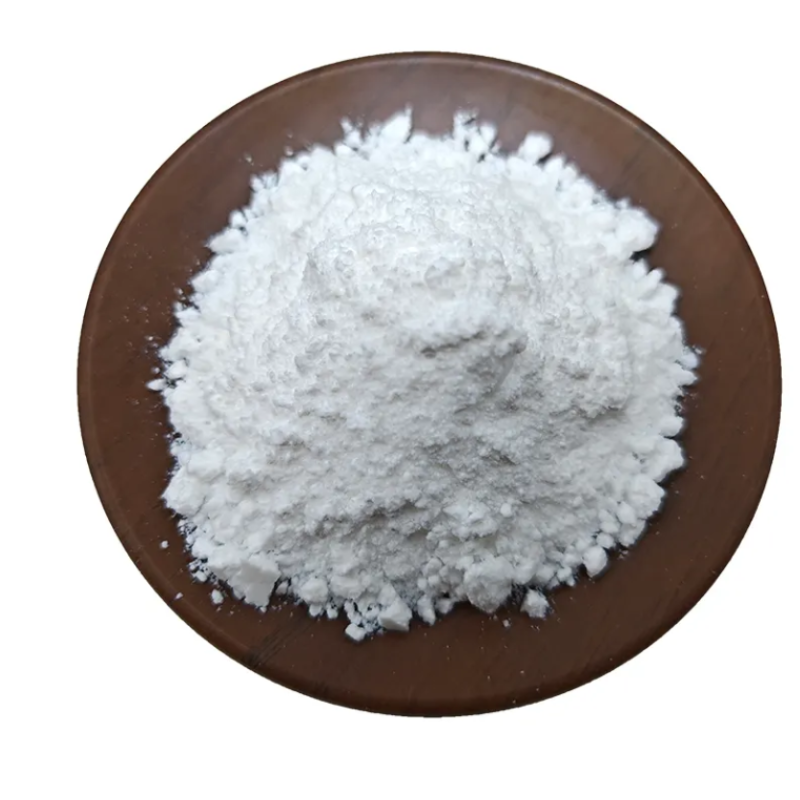-
Categories
-
Pharmaceutical Intermediates
-
Active Pharmaceutical Ingredients
-
Food Additives
- Industrial Coatings
- Agrochemicals
- Dyes and Pigments
- Surfactant
- Flavors and Fragrances
- Chemical Reagents
- Catalyst and Auxiliary
- Natural Products
- Inorganic Chemistry
-
Organic Chemistry
-
Biochemical Engineering
- Analytical Chemistry
-
Cosmetic Ingredient
- Water Treatment Chemical
-
Pharmaceutical Intermediates
Promotion
ECHEMI Mall
Wholesale
Weekly Price
Exhibition
News
-
Trade Service
Sulfide is actually a "good friend" of diamonds? According to a geological study published on the 21st in the British journal Nature Communications, the oxidation reaction of sulfide in the mantle may induce the formation of diamonds
.
This discovery constitutes a direct evidence that diamonds nucleated on top of sulfides in the mantle
.
Diamond is a kind of simple crystal composed of carbon element formed under high pressure and high temperature conditions in the deep part of the earth.
The fine minerals and fluids contained in diamond can be used to observe what is happening deep inside the earth
.
In various geological structures, diamonds are generally considered to be formed by fluids and melts in the mantle
.
Sulfides are rare in the mantle, but very abundant in diamond inclusions, especially sulfide inclusions rich in iron and nickel (iron-nickel sulfide), such as pyrrhotite found in diamonds
.
However, so far, scientists have no direct evidence to explain this phenomenon
.
This time, Dolit Jacobs and his colleagues at Macquarie University in Australia used a technique called "Kikuchi Transmission Diffraction" that can accurately determine the crystal orientation.
The microstructure of iron-nickel sulfide is imaged and mapped
.
Using this technique, they can analyze the history of diamond formation
.
Researchers have found that the natural oxidation process from pyrrhotite to magnetite in the upper mantle located 320 to 330 kilometers underground can trigger the precipitation of diamonds, and as diamonds nucleate and grow around the inclusions, it will The contents are wrapped up
.
Researchers pointed out that this kind of reaction occurs in local areas rich in sulfides in the mantle and become "diamond factories
.
" Although diamonds are formed in different geological structures in different ways, this study shows that sulfides may play an important role in the formation of diamonds
.
.
This discovery constitutes a direct evidence that diamonds nucleated on top of sulfides in the mantle
.
Diamond is a kind of simple crystal composed of carbon element formed under high pressure and high temperature conditions in the deep part of the earth.
The fine minerals and fluids contained in diamond can be used to observe what is happening deep inside the earth
.
In various geological structures, diamonds are generally considered to be formed by fluids and melts in the mantle
.
Sulfides are rare in the mantle, but very abundant in diamond inclusions, especially sulfide inclusions rich in iron and nickel (iron-nickel sulfide), such as pyrrhotite found in diamonds
.
However, so far, scientists have no direct evidence to explain this phenomenon
.
This time, Dolit Jacobs and his colleagues at Macquarie University in Australia used a technique called "Kikuchi Transmission Diffraction" that can accurately determine the crystal orientation.
The microstructure of iron-nickel sulfide is imaged and mapped
.
Using this technique, they can analyze the history of diamond formation
.
Researchers have found that the natural oxidation process from pyrrhotite to magnetite in the upper mantle located 320 to 330 kilometers underground can trigger the precipitation of diamonds, and as diamonds nucleate and grow around the inclusions, it will The contents are wrapped up
.
Researchers pointed out that this kind of reaction occurs in local areas rich in sulfides in the mantle and become "diamond factories
.
" Although diamonds are formed in different geological structures in different ways, this study shows that sulfides may play an important role in the formation of diamonds
.







